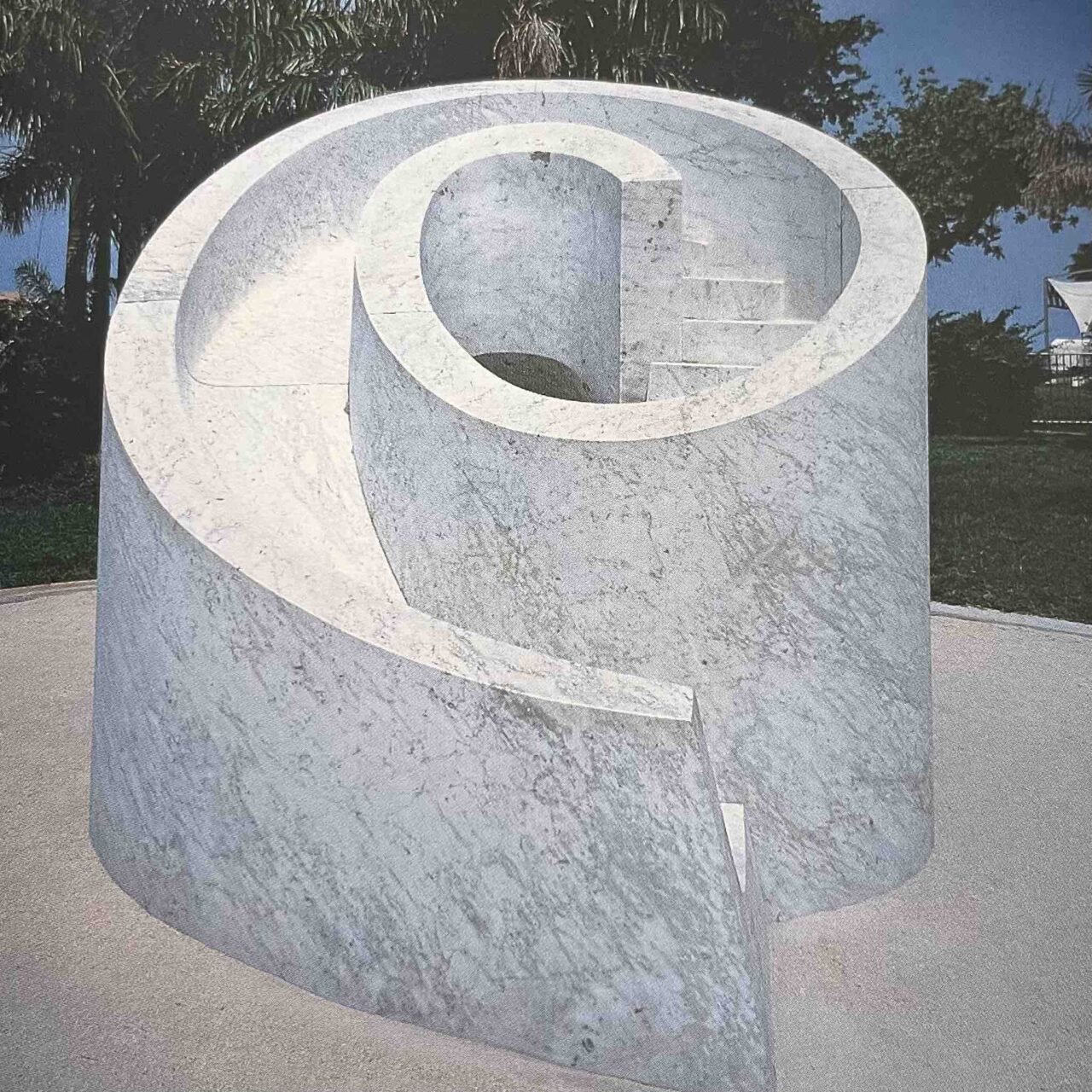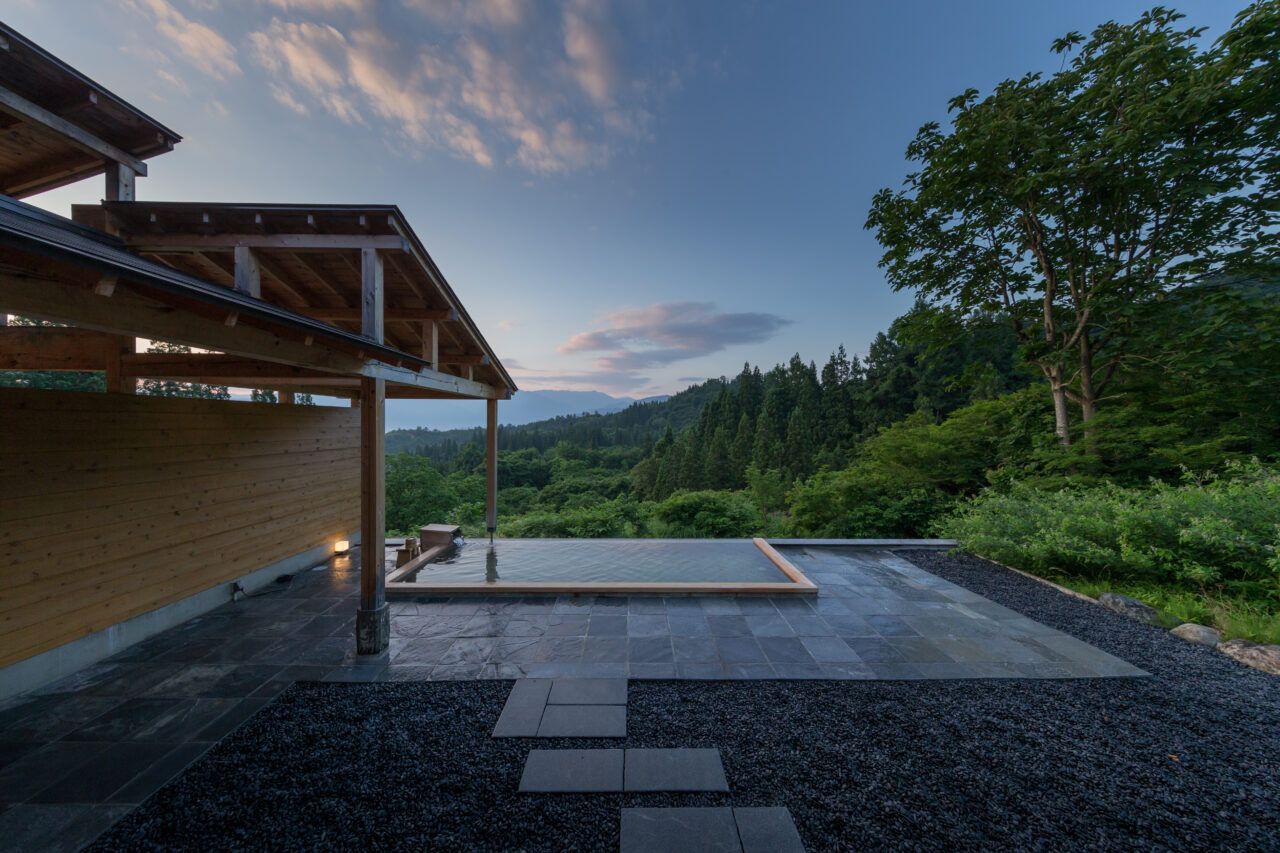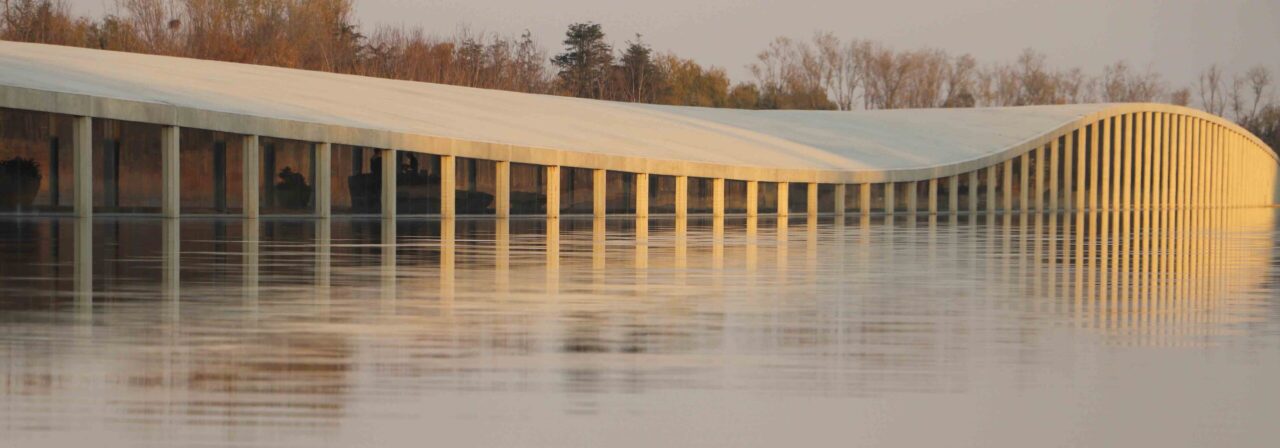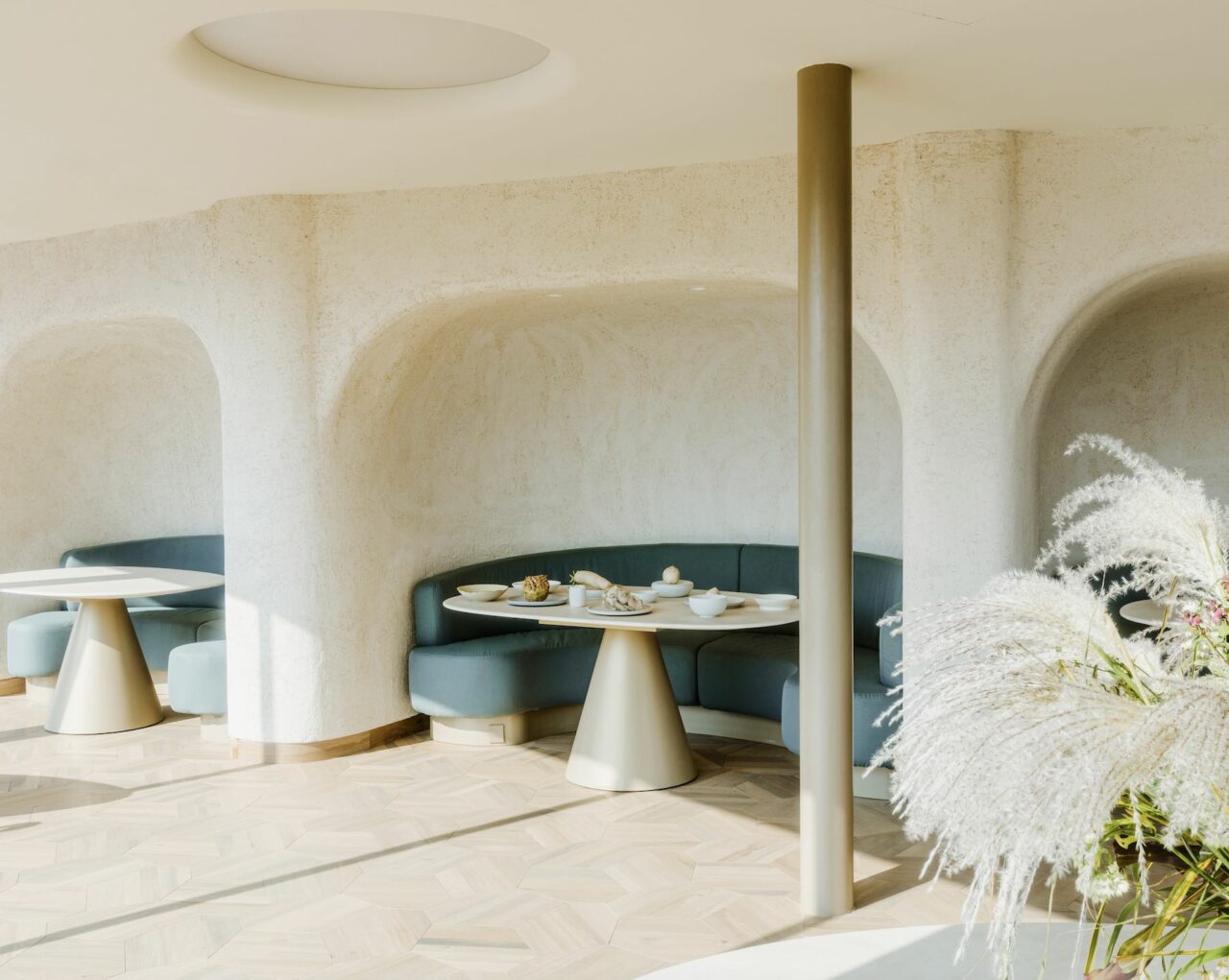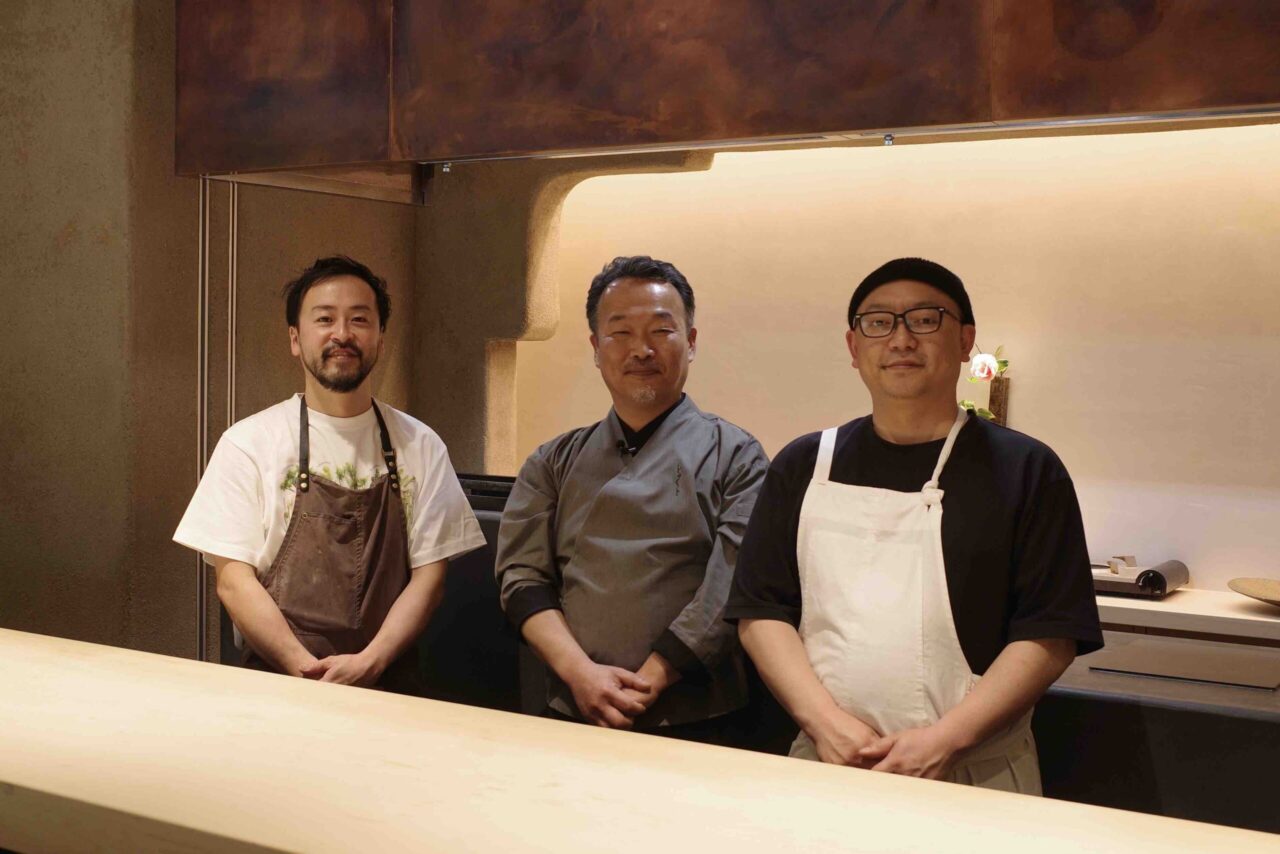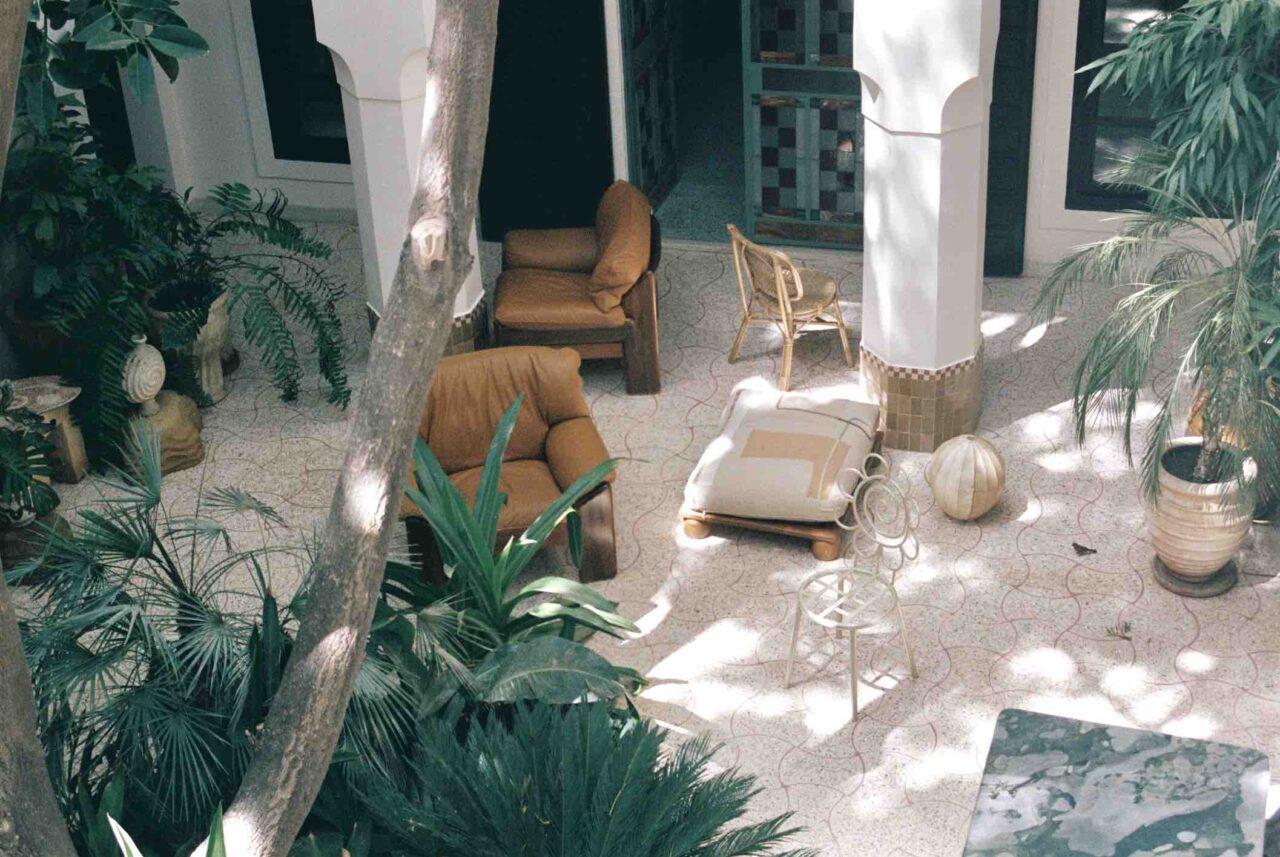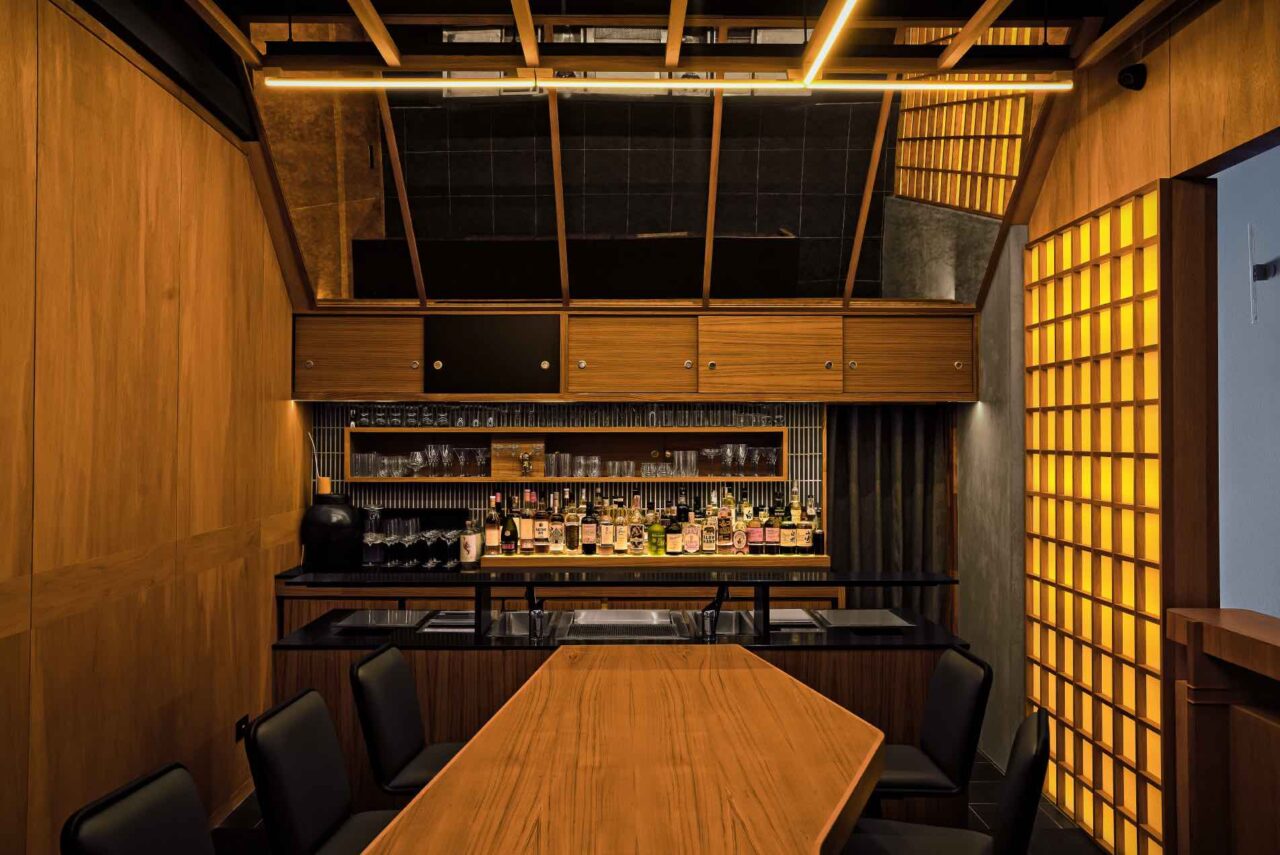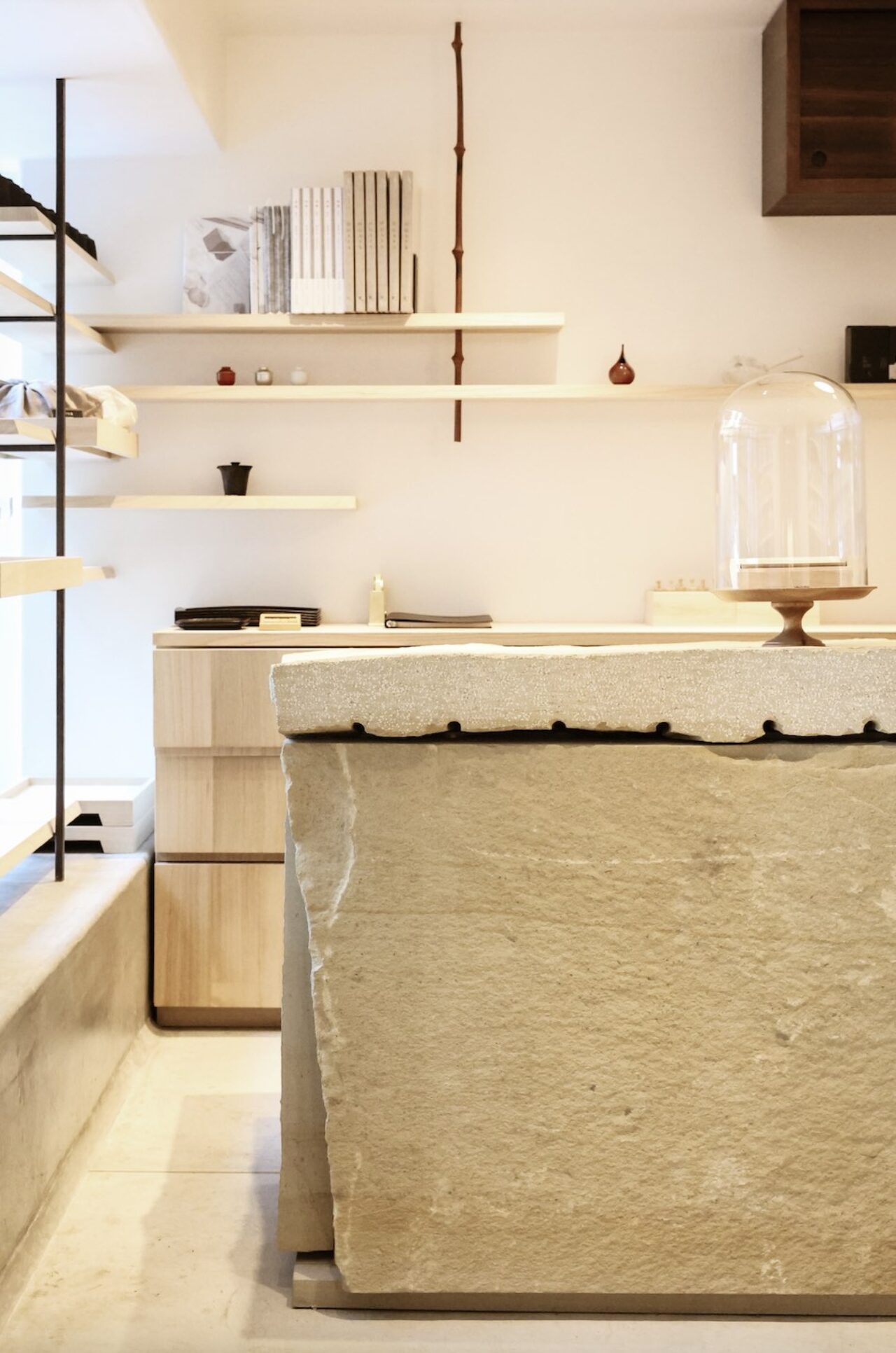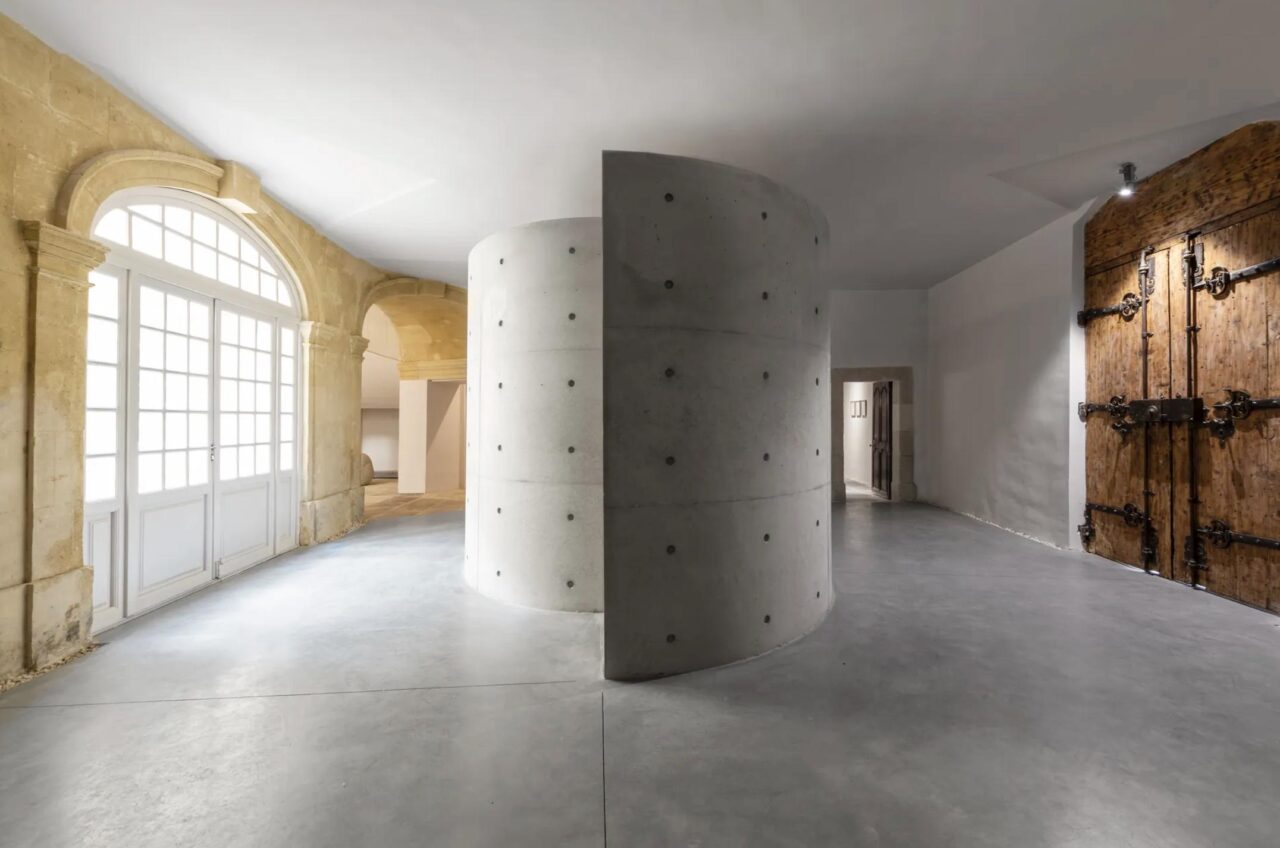CASA DEGLI ATELLANI
Stay in a Piero Portaluppi-Designed 15th Century Palazzo, Home To Leonardo Da Vinci’s Secret Vineyard
Hidden in plain sight is one of Milan’s most precious gems waiting to be found. Found steps away from Santa Maria delle Grazie church where Leonardo da Vinci painted the Last Supper, lies Casa degli Atellani.
A stunning 15th century building in the very heart of Milan restored by renowned architect Piero Portaluppi, Casa degli Atellani consists of a museum, a cafe, private residencies and inside a walled garden, La Vigna di Leonardo. Yes! Leonardo da Vinci owned and tended to his very own vineyard.
Born into a family of winemakers, da Vinci studied wine cultivation throughout his life. He was even known to share knowledge with his friends (how to fertilise, achieve photosynthesis, and how to use dry stone walls). It was da Vinci that discovered that grapes shouldn’t be fermented in an open vat, and he was behind the two most important wine inventions: he designed the corkscrew prototype and later the wine vat airlock.

One of the leading cities of the Renaissance, Milan was ruled by Ludovico Sforza, the Duke of Milan, in the late 1400s. More specifically from 1494 until 1499, which within this time the duke championed intellectuals and artists to make the city greater than it was. It was through those years that Leonardo da Vinci would design, engineer and conduct urban planning work for the city of Milan.To thank him for his immense contribution to the city, Sforza gifted Leonardo a hectare of land across from the Santa Maria delle Grazie church where Leonardo was painting the Last Supper (1495-1498). Originally from Tuscany and the son of a lawyer, Leonardo had a long lineage of winemakers in his family. He would go on to plant his favourite grape variety on the land, the Candia Aromatica Malvasia, and tend to it carefully.
French troops invaded the city in 1499, and it was at this time Leonardo fled to the city of Florence. The Casa dell Atellani was left neglected and forgotten. In 1919 the building was purchased by Ettore Conti, a wealthy Milanese magnate who was the first to transport electricity over large distances, and founded one of the first hydro-electrical plants in Italy. He commissioned renowned architect Piero Portaluppi to reconstruct what had been lost. Through this, a new building had been brought to life.


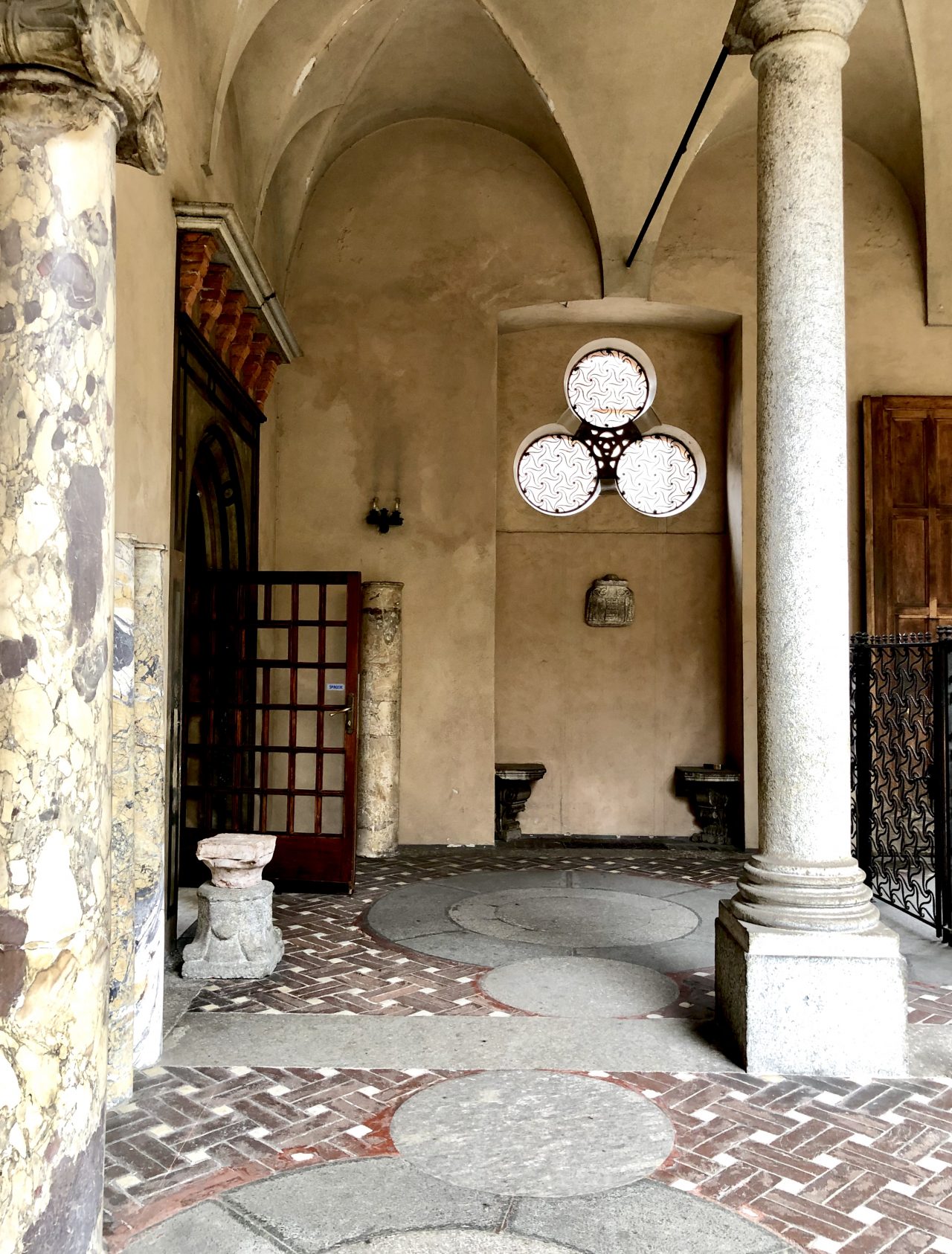
THE ARCHITECTURE – PIERO PORTALUPPI
One of the first house projects for Piero Portaluppi, the Italian architect uncovered stunning frescoes from the Renaissance during his restorative and renovation works. He conveyed modern architectural design ideas in his renovation and presented new decorative techniques.
For the palazzo, Portaluppi connected the fifteenth-century and the sixteenth-century Bramantesque courts and designed a walk-through entrance open on two sides. After completing the renovation, Portaluppi moved into the house in 1922 and lived there (even throughout the war) until the day of his death in 1967.
Portaluppi was influenced greatly by American architect Frank Lloyd Wright who combined modern architectural practises with decorative art techniques. He also loved to mix materials, such as wood and even different types of marble. Portaluppi’s material library can be found in his grandson’s home (also located in the Casa degli Atellani). For those fond of Portaluppi’s works, this is the mecca for followers to learn more about the architect and his work.
The Casa degli Atellani is a key piece of Milan’s history. Now tended to by Piero Portaluppi’s grandchildren, the family ensure the safe up-keeping of the property: the private residencies, the museum, cafe and Leonardo’s vineyard.

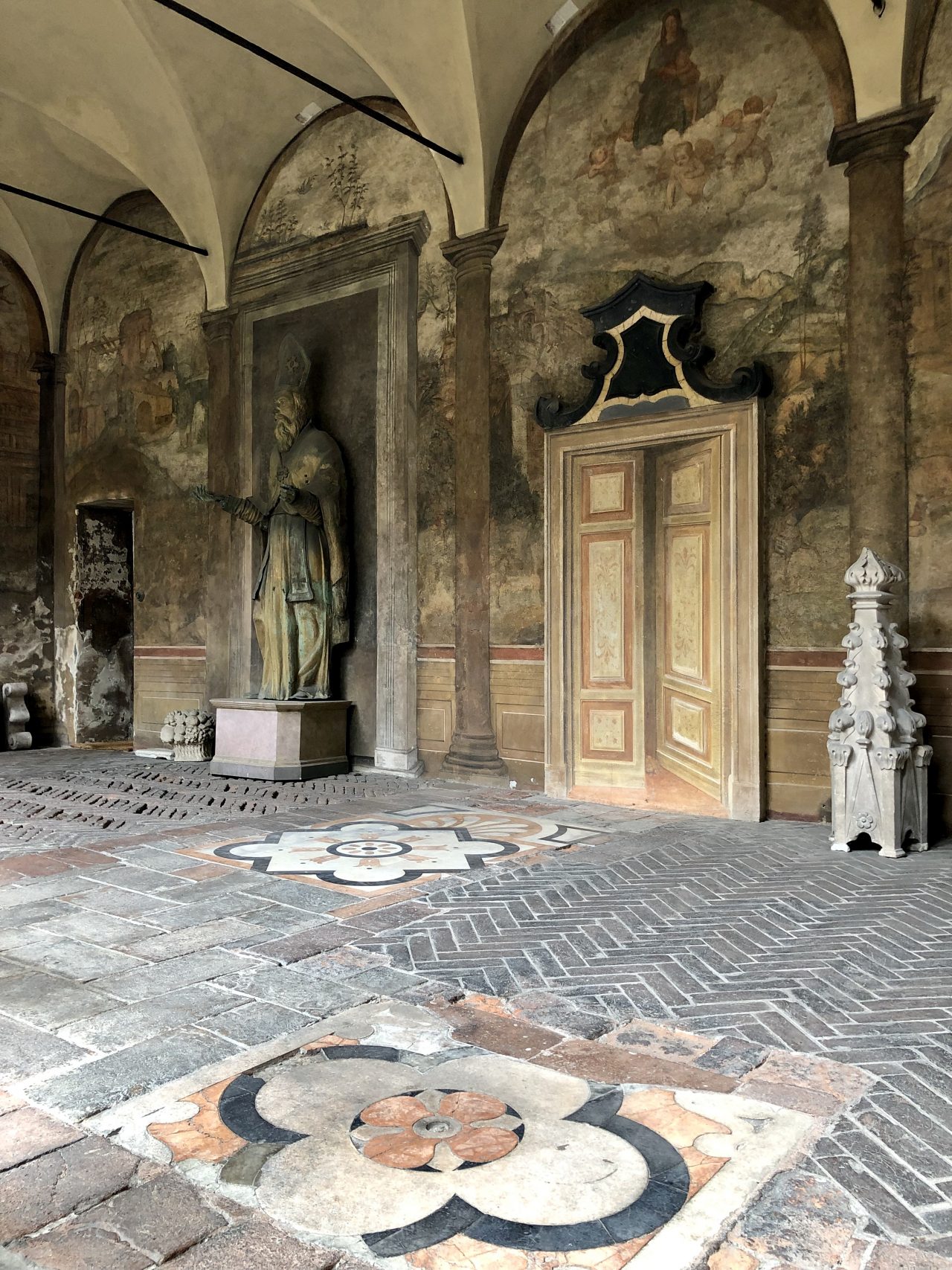


LA VIGNA DI LEONARDO
The vineyard that Leonardo tended to 500 years ago, which also then went neglected, recently underwent conservation by a team of researchers and wine experts. Oenologist Luca Maroni studied Leonardo da Vinci‘s writings and other historical documents (such as matching the same grapevine leaf characteristics appearing in a fruit basket painted at the time of da Vinci’s residence at ) to lead him to discover the exact location of the vineyard in Milan, at Casa Degli Atellani.
After excavating the garden, Maroni found that a few vine roots still existed and they were able to identify the plot and the last surviving vines. From there they were able to find the exact grape that Leonardo loved and planted in the vineyard, the Candia Aromatica Malvasia. Professor Attilio Scienza (an Italian expert on the DNA of vines), Serena Imazio (a geneticist) and Maroni were called on board to analyse the soil and grow the vines in the original rows as Leonardo had them.
Currently white wine from the Candia Aromatica Malvasia grape is available to purchase in the Casa degli Atellani museum gift shop, grown and bottled at The Luzzano Castle just outside of Milan. The estate has surprisingly also been restored by Portaluppi, and was once also owned by the Atellani family.
September 2018 saw the first time La Vigna Di Leonardo made its harvest, three years after it was restored. The first fruits were plentiful, but the taste of the wine is yet to be discovered as the bottles will be ready later in the year.


ATELLANI APARTMENTS
Imagine waking up in the cottage next to La Vigna Di Leonardo, walking out into the vineyard where Leonardo once did 500 years ago. It’s possible in the ‘Sforza’ apartment, one of six fully-furnished apartments available for guests to call home.
Each different in size and location in the Casa degli Atellani, all of the Atellani Apartments have their own character and feeling. A completely family run business, the private residencies offer a unique experience in the heart of Milan to discover, and indulge in, the history of the Milanese Renaissance and Milanese architecture.
Portaluppi’s grandson Piero Castellini Baldissera and his great-grandson Filippo Taidelli refurbished the apartments in an elegantly modest way, decorating the rooms with C&C Milano textiles (co-owned by Castellini). Furniture in the apartments are handmade by Brianza, an artisanal company even Portaluppi himself would work with. Portaluppi’s architectural details are found in each apartment, such as in the ‘Leonardo’ apartment where his signature lime and white stripe is found on the kitchen walls and the oak he often worked with found on the living room pillars.
Waking up to the view of Santa Maria delle Grazie church just across from this apartment is especially special, with the 120sqm apartment directly overlooking the historic church opposite Corso Magenta. For guests wanting to see The Last Supper but did not book it months in advance, it is possible to visit the ticket desk at 8am to try your luck. It’s especially handy whilst staying at Atellani Apartments just metres away! With privacy and comfort key attributes with amenities and any personal requests (such an personal yoga sessions or specific catering) available, Atellani Apartments offer an incredibly personal service yet never invasive.
Frequented by those in the art, architecture and design industries, this is a haven for those seeking to experience the best of Milanese design and Italian history (to note: certain dates such as the Milan Design Week in April are booked out a year in advance because of this!).
This is certainly the number 1 location in Milan we recommend readers to stay. Conveniently located, extremely well priced, Atellani Apartments offers everything one needs for an unforgettable experience in Milan.






Corso Magenta, 65, Milan, Italy
Museum Opening Hours | Monday – Friday 9am to 6pm – Saturday – Sunday 9am to 6pm
To Note: The Atellani Apartments are now closed, as their property has been sold to a new owner
For more Italy destinations, click here.
Text: Monique Kawecki, Editor-in-Chief
Images: Champ Creative and Champ Magazine©







